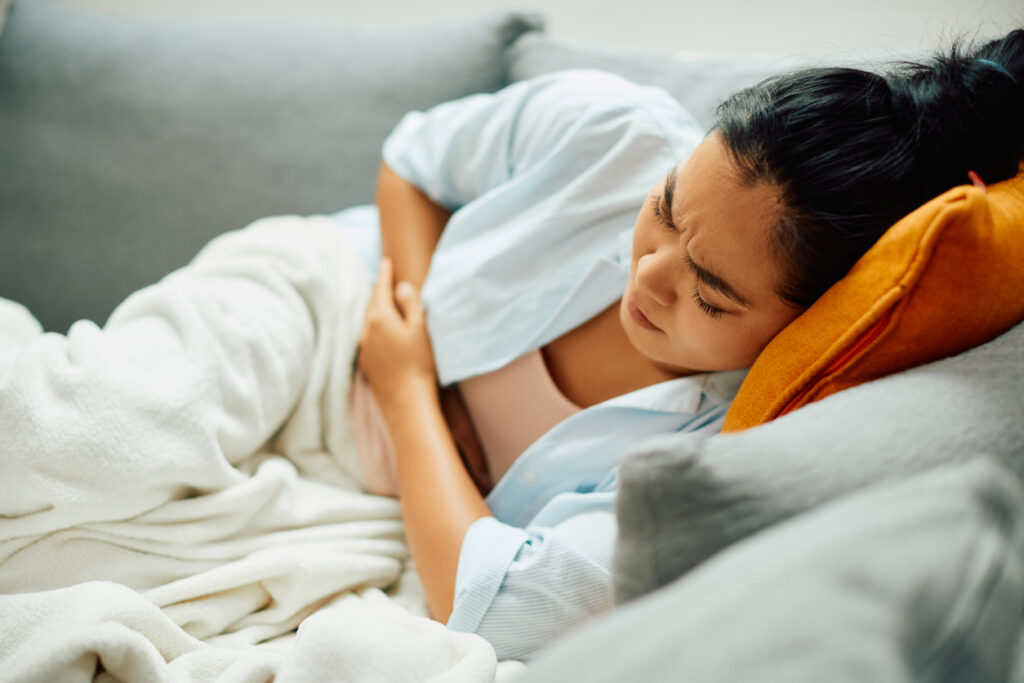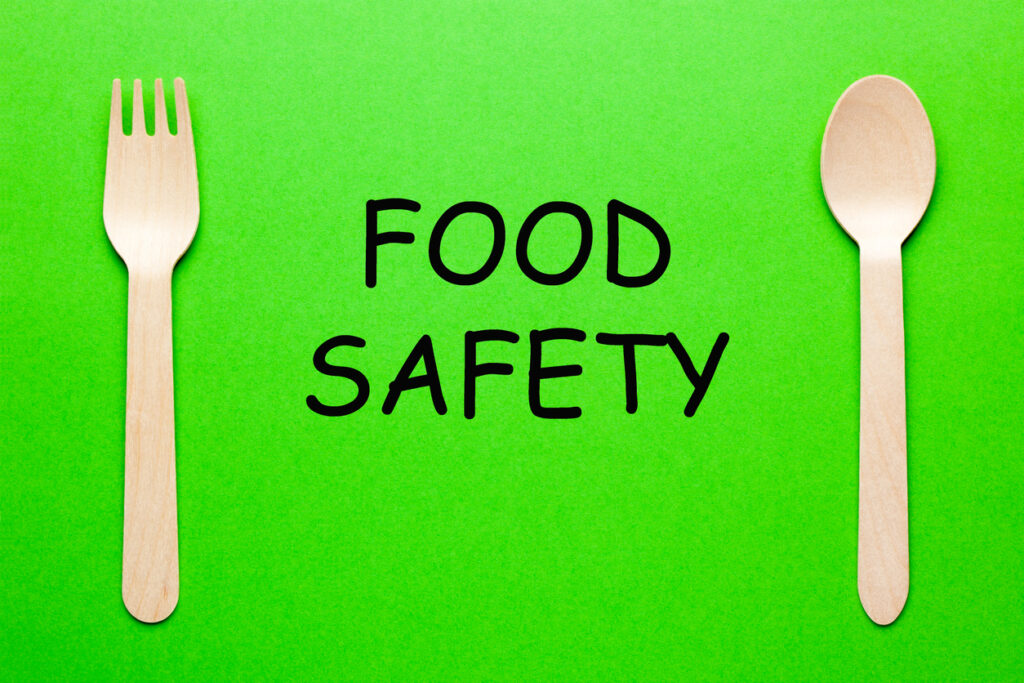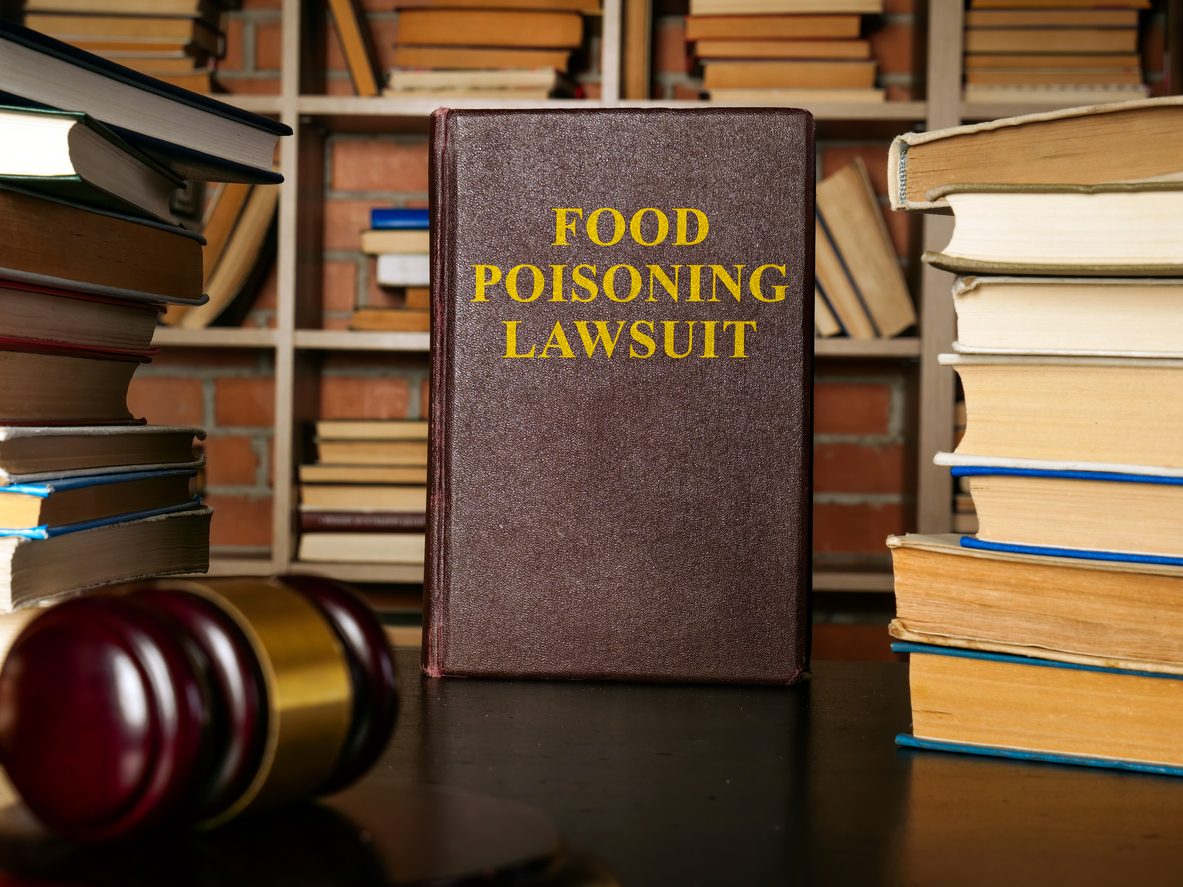Suing for food poisoning can seem straightforward, especially if the symptoms are severe and directly tied to something you consumed. However, proving legal liability requires much more than simply feeling sick after eating. Courts and insurers demand a clear, well-documented link between the contaminated food and your illness. Without the right kind of evidence, even the most painful experiences may not lead to compensation. Understanding what’s required to support a claim can make the difference between a dismissed case and a successful resolution.
How Legal Claims for Food Poisoning Work
In any legal action related to foodborne illness, the central concept is liability. The party responsible — whether it’s a restaurant, grocery store, food manufacturer, or catering company — may be held liable under several legal theories. These include negligence, strict product liability, or breach of warranty. But regardless of which legal basis applies, suing for food poisoning always requires proving that the food consumed was contaminated, that the contamination caused the illness, and that the defendant is responsible for that contamination.
Medical Evidence as the Foundation of Your Case
One of the most important pieces of proof in suing for food poisoning is documentation of your illness. Courts expect verified, professional medical diagnosis rather than personal assumptions. Medical records showing a diagnosis such as salmonella, E. coli, or listeria are critical. Lab results confirming the presence of a pathogen strengthen the causal connection between the consumed food and your symptoms. Doctors may order stool tests or blood work to determine the specific bacteria or virus involved, and these test results often form the bedrock of a successful legal claim.

Establishing the Causal Link Between the Food and the Illness
Even if the illness is clearly diagnosed, a successful claim for suing for food poisoning must still demonstrate that the contaminated food caused the illness. Courts will require more than your own statements; they want objective proof. This is often established through epidemiological evidence, such as health department reports or food recalls. When multiple people are sickened from the same food source, such as in a restaurant outbreak, the causal link becomes easier to establish.
In some cases, state and local health departments conduct investigations that result in formal findings. If your illness coincides with such an investigation, you may have strong support for your claim. According to the Centers for Disease Control and Prevention (CDC), over 48 million Americans become sick from foodborne illnesses each year, and outbreak investigations can provide crucial documentation for litigation.
Preserving the Food as Physical Evidence
Retaining the actual food item that caused the illness can serve as direct physical evidence. While this is rarely possible — most people don’t keep leftovers after falling ill — if you do still have a sample, it should be preserved properly and submitted for laboratory testing. Independent analysis can confirm the presence of harmful pathogens in the food, strengthening your case for suing for food poisoning significantly. Without the food itself, you may need to rely more heavily on circumstantial and medical evidence.
Eyewitness Testimony and Corroboration
If other individuals who ate the same food also became ill, their statements can support your version of events. Multiple eyewitnesses or co-victims can confirm when and where the food was purchased or consumed, how it was prepared, and when symptoms began. These testimonies are particularly useful when filing claims involving food service providers or restaurants. In legal cases focused on suing for food poisoning, the consistency and credibility of these corroborating accounts can be instrumental in convincing a judge or jury.
Documenting Food Purchases and Consumption Timeline
Receipts, credit card statements, and dated restaurant bills can be used to document where and when the food was purchased. These records are useful for creating a timeline, which is vital when suing for food poisoning. Matching the timeline of your food consumption with the typical incubation period of certain foodborne pathogens strengthens your argument. For example, symptoms from E. coli generally appear within three to four days, while listeria may take up to 70 days. Accurately aligning these events helps prove causation.

Government Findings and Inspections
In some cases, the business or product in question may have a history of food safety violations. Inspection reports from agencies such as the U.S. Food and Drug Administration (FDA) or local health departments can support your claim by demonstrating a pattern of negligence. If your case aligns with a published recall or a failed inspection, this type of documentation can substantially increase the strength of your legal position when suing for food poisoning.
For example, when health authorities issue citations for improper refrigeration or cross-contamination, those violations are often published on government websites. These publicly accessible reports may become compelling secondary evidence when paired with your medical diagnosis and personal timeline.
Employer or School Reports of Widespread Illness
If the food poisoning occurred after a workplace potluck or school cafeteria meal, group reports of illness can help establish a broader contamination event. Institutions often file incident reports or communicate with health departments when multiple individuals report symptoms. These documents can be useful in suing for food poisoning, especially when they confirm the food source and the number of people affected. Legal arguments are more persuasive when a broader pattern of illness is present.
Expert Testimony in Complex Cases
While courts may not require scientific testimony in straightforward food poisoning claims, expert witnesses can be useful in complex or contested cases. Microbiologists, epidemiologists, or toxicologists may be called to explain how the contamination occurred and how it caused the illness. Their input becomes especially important when the defendant disputes the origin of the illness or when multiple food sources are involved. If your case includes multiple variables, expert testimony can help untangle the facts and support your case when suing for food poisoning.
Chain of Custody and Handling Concerns
In some claims, especially those involving packaged or processed foods, the chain of custody must be considered. This refers to who had control over the food from its manufacture to its sale or consumption. In product liability lawsuits, plaintiffs must sometimes prove that the contamination happened before the product reached them. That means showing that the packaging was intact, storage temperatures were appropriate, and there was no mishandling. These issues are particularly relevant when suing for food poisoning based on commercially sold items like frozen meals, deli meat, or produce.
Negligence vs. Strict Liability in Food Poisoning Cases
Legal claims for foodborne illness can rely on different legal theories. In a negligence-based case, the injured person must prove that the defendant failed to exercise reasonable care in preparing or serving the food. However, suing for food poisoning often invokes strict liability, especially in product cases. Under strict liability, the plaintiff doesn’t need to prove negligence — only that the food was defective (i.e., contaminated) and that it caused the illness. This distinction can lower the burden of proof but still requires the documentation outlined above.
Damages You Can Claim When Suing for Food Poisoning
Injury claims arising from contaminated food can lead to compensation for various types of harm. These include medical bills, lost wages, pain and suffering, and — in serious cases — long-term medical conditions. For instance, some forms of E. coli can lead to kidney failure, and listeria can cause neurological complications. In wrongful death cases, family members may be entitled to pursue further damages. But again, compensation is only available when the legal elements are supported by proper evidence.
If your claim meets these requirements, you may have legal grounds for suing for food poisoning. To see an overview of these qualifying elements, this legal guide to food poisoning lawsuits provides additional insight into common litigation paths.
Statutes of Limitations and Time-Sensitive Evidence
Every state imposes time limits on filing legal claims, including those related to food poisoning. These statutes of limitations vary by jurisdiction but generally range from one to four years. Time is a crucial factor in suing for food poisoning, not just for legal compliance but also for gathering evidence. Delayed action may result in lost physical samples, faded memories, and unavailable witnesses. Acting quickly ensures that all necessary documentation is still accessible.
Challenges of Proving Minor or Delayed Symptoms
Not all cases involve hospitalization or severe symptoms. Mild cases of food poisoning may still qualify for compensation but are harder to prove. Without hospital records, lab results, or strong third-party documentation, these claims often lack the weight required to convince a court. Similarly, if symptoms develop days or weeks after consumption, establishing causation becomes more difficult. When suing for food poisoning based on less obvious timelines, additional support from healthcare providers and toxicologists is often necessary.
The Role of Insurance and Settlement Negotiations
Food poisoning claims are often resolved through insurance settlements rather than trials. Restaurants and food manufacturers typically carry liability insurance, and early negotiation may lead to compensation without formal litigation. However, insurers require the same level of evidence that a court would, including medical diagnosis, causal proof, and documentation. When preparing for suing for food poisoning, thorough recordkeeping increases the likelihood of a favorable outcome in or out of court.
Conclusion
The burden of proof in suing for food poisoning is significant, but not insurmountable. Plaintiffs who build a case using timely medical documentation, clear evidence of causation, and corroborating reports stand the best chance of success. Whether the illness arose from a contaminated restaurant meal, a spoiled store-bought item, or a workplace lunch, the principles remain the same: link the food to the illness, link the provider to the food, and support both links with concrete proof. If you are considering taking legal action, ensuring that you gather and preserve all critical evidence early can determine whether your case holds up in court or falls apart before it begins.
For further reference on federal guidelines and public safety oversight, consult the U.S. Food Safety Inspection Service — an official .gov source providing up-to-date information on foodborne outbreaks and industry enforcement actions.

Leave a Reply